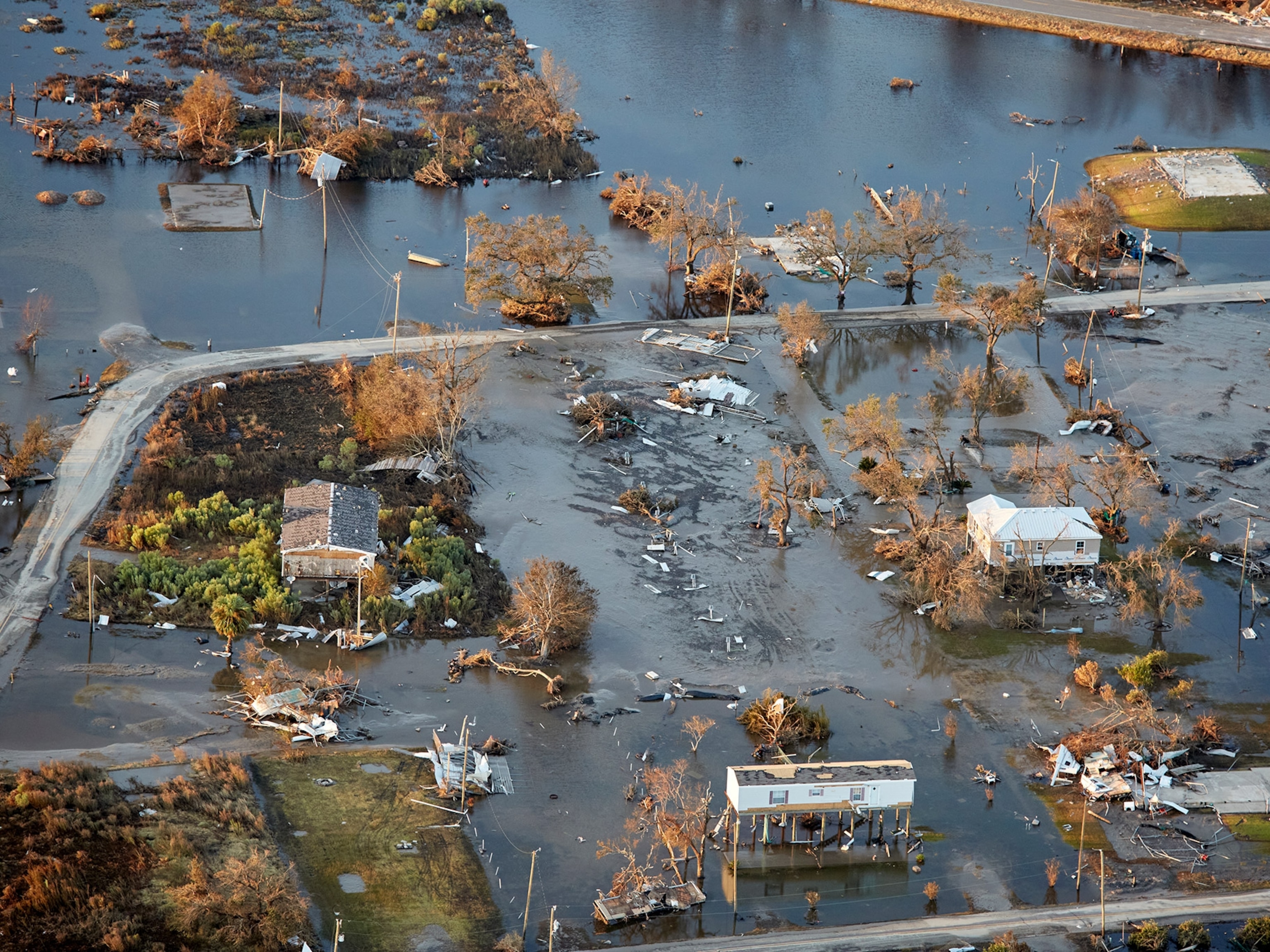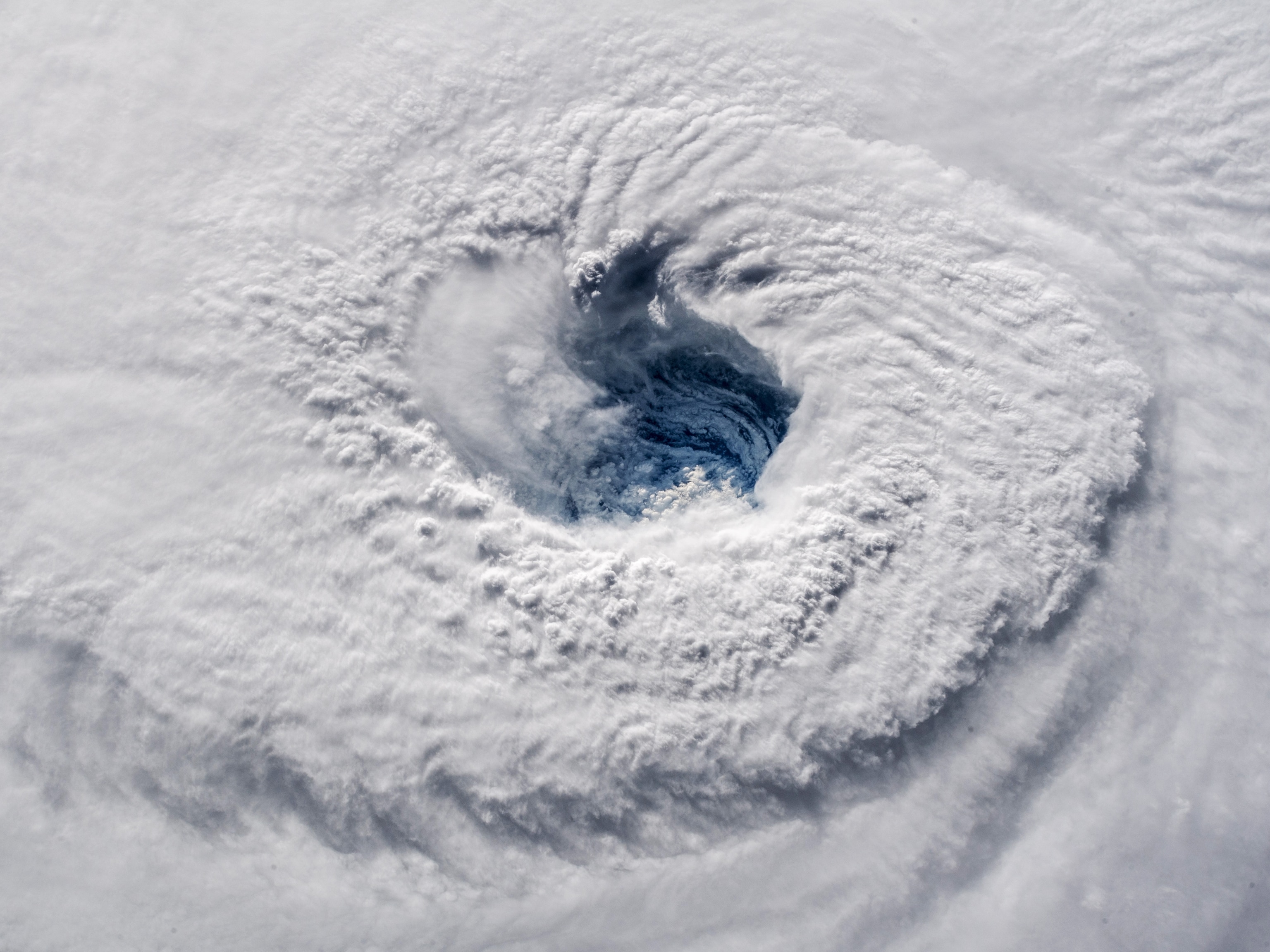
Why Cyclone Idai was so destructive
The storm that battered Mozambique and its neighbors in Africa followed a winding path.
Cyclone Idai may have killed more than 1,000 people and left 400,000 homeless near the port city of Beira in the southeastern African nation of Mozambique. It may be the worst weather-related disaster ever to hit the southern hemisphere, with 1.7 million people in the path of the cyclone in Mozambique and 920,000 affected in neighboring Malawi, U.N. officials told the BBC on Tuesday.
“The scale of suffering and loss is still not clear, and we expect that the number of people affected as well as the number of people who have lost their lives may rise,” said Jamie LeSueur of the International Federation of Red Cross and Red Crescent Societies (IFRC) in a statement.
Idai made landfall on March 15 with winds up to 100 miles an hour and a storm surge topping 20 feet. Heavy rains accompanied the storm and have continued with six more inches forecast for today, March 19, and not expected to end until March 21, according to the Mozambique National Meteorology Institute forecast.
Flooding is widespread throughout central Mozambique, with roads and bridges washed out, said Gregory Carr, president of the Gorongosa National Park, an area roughly the size of Rhode Island that is located 100 miles inland from Beira. “We’re right in the middle of the impacted area,” Carr said.
The protective power of parks
“I’ve been on the phone all morning trying to arrange for U.S. food aid to be helicoptered to our airstrip so we can distribute it to neighboring communities,” Carr said.
At Gorongosa, the stated purpose of the park is to both protect wildlife and meet the needs of nearby communities by providing employment, health care, education, and other services, Carr noted. Now they’re doing disaster relief. “The roads are out but our 260 rangers are great walkers,” Carr said.
Some of the park’s 260 rangers are waste deep in water delivering supplies to people stranded on termite mounds, one patrol leader told Carr today. They plan to return with canoes to rescue them.
About half of the park is underwater, but Carr expects minimal impact on animals as they will likely move to higher ground. However, a flooded park means there’s less water to flood local communities. In fact, flood prevention is one of the big benefits of national parks, forests, and natural areas, he said. During droughts, parks and forests are often sources of water and cooling for local regions. “We need wilderness to moderate the impacts of extreme weather events from climate change,” said Carr.
A big u-turn
Mozambique averages about 1.5 tropical cyclones a year and, although rarely more powerful than Category 2, they can cause a lot of damage, said Corene Matyas, a tropical cyclone researcher at the University of Florida.
Flooding is the main problem affecting most people from the storms. With climate change the atmosphere now holds more moisture (because it’s warmer, on average), and that means there may be more water available for heavy rainfalls, Matyas said.
Cyclone Idai also had a loopy lifespan. It was born March 4th just off the coast in the very warm waters of the Mozambique Channel—a 250 mile-wide arm of the Indian Ocean between Mozambique and the island of Madagascar. Idai came ashore as a weak tropical storm in northern Mozambique and then wandered back out into the channel before doing a u-turn off the western coast of Madagascar March 11. It then made a beeline for its landfall at the city of Beira on the 15th.
“That kind of looping, unpredictable storm track isn’t uncommon for cyclones that start in the channel,” Matyas said.
The ongoing flooding in central Mozambique likely means that the major food-producing region of the north is cut off from the heavily populated south, where the capital city of Maputo is located, she said.
Most tropical cyclone activity in the southwest Indian Ocean occurs between October and May, with activity peaking in mid-January and again in mid-February to early March. Idai is the seventh intense tropical cyclone of the basin’s 2018-2019 season, according to NASA.
Related Topics
You May Also Like
Go Further
Animals
- Octopuses have a lot of secrets. Can you guess 8 of them?
- Animals
- Feature
Octopuses have a lot of secrets. Can you guess 8 of them? - This biologist and her rescue dog help protect bears in the AndesThis biologist and her rescue dog help protect bears in the Andes
- An octopus invited this writer into her tank—and her secret worldAn octopus invited this writer into her tank—and her secret world
- Peace-loving bonobos are more aggressive than we thoughtPeace-loving bonobos are more aggressive than we thought
Environment
- Listen to 30 years of climate change transformed into haunting musicListen to 30 years of climate change transformed into haunting music
- This ancient society tried to stop El Niño—with child sacrificeThis ancient society tried to stop El Niño—with child sacrifice
- U.S. plans to clean its drinking water. What does that mean?U.S. plans to clean its drinking water. What does that mean?
- Food systems: supporting the triangle of food security, Video Story
- Paid Content
Food systems: supporting the triangle of food security - Will we ever solve the mystery of the Mima mounds?Will we ever solve the mystery of the Mima mounds?
History & Culture
- Strange clues in a Maya temple reveal a fiery political dramaStrange clues in a Maya temple reveal a fiery political drama
- How technology is revealing secrets in these ancient scrollsHow technology is revealing secrets in these ancient scrolls
- Pilgrimages aren’t just spiritual anymore. They’re a workout.Pilgrimages aren’t just spiritual anymore. They’re a workout.
- This ancient society tried to stop El Niño—with child sacrificeThis ancient society tried to stop El Niño—with child sacrifice
- This ancient cure was just revived in a lab. Does it work?This ancient cure was just revived in a lab. Does it work?
Science
- The unexpected health benefits of Ozempic and MounjaroThe unexpected health benefits of Ozempic and Mounjaro
- Do you have an inner monologue? Here’s what it reveals about you.Do you have an inner monologue? Here’s what it reveals about you.
- Jupiter’s volcanic moon Io has been erupting for billions of yearsJupiter’s volcanic moon Io has been erupting for billions of years
- This 80-foot-long sea monster was the killer whale of its timeThis 80-foot-long sea monster was the killer whale of its time
Travel
- This town is the Alps' first European Capital of CultureThis town is the Alps' first European Capital of Culture
- This royal city lies in the shadow of Kuala LumpurThis royal city lies in the shadow of Kuala Lumpur
- This author tells the story of crypto-trading Mongolian nomadsThis author tells the story of crypto-trading Mongolian nomads




